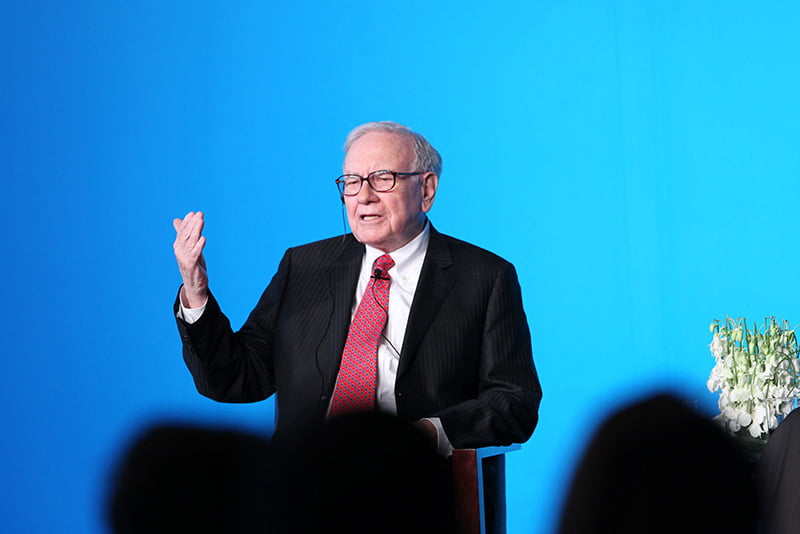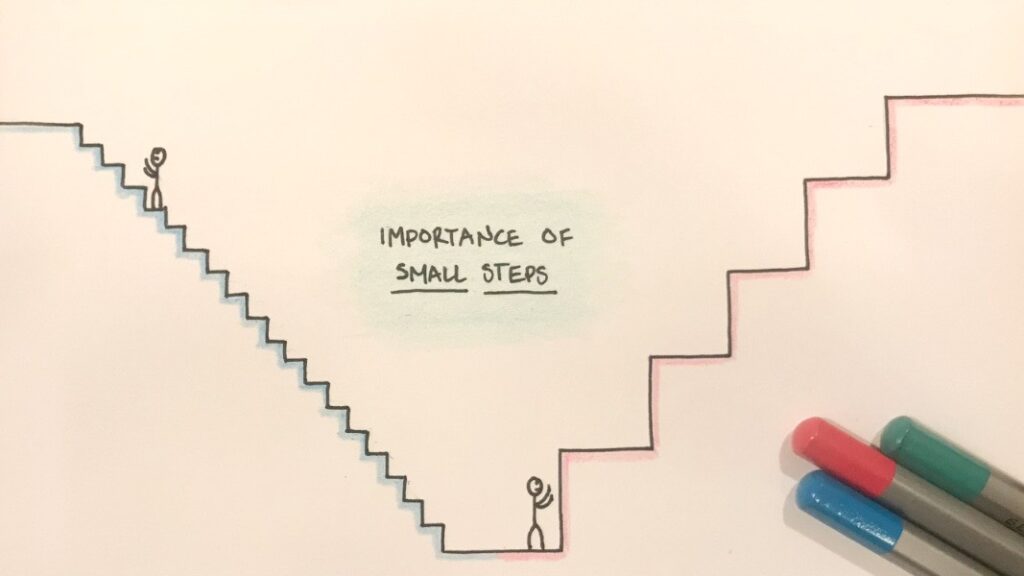Harness the power of your voice
Harness the power of your voice

Warren Buffett, one of the most successful investors of all time, attributes a significant portion of his success to overcoming his fear of public speaking. Early in his career, Buffett was so terrified of speaking in front of people that he dropped out of a public speaking course before it even started. However, by taking deliberate steps to conquer his stage fright, he not only became a confident speaker but also increased his overall value and impact in the business world. Here’s a closer look at Buffett’s three-step guide to conquering public speaking fears, based on his own experiences and insights.

Buffett’s journey to public speaking confidence began with incremental steps. Despite his initial fear, he understood the importance of developing this skill. He first enrolled in a public-speaking course but dropped out due to anxiety. Not giving up, he enrolled again and completed the Dale Carnegie Course on his second attempt. This course became a cornerstone of his confidence. Buffett proudly displays the certificate from this course in his office, valuing it above his academic degrees.
Expert Tip: Starting small is essential when tackling public speaking fears. Begin with low-pressure environments, such as speaking in front of friends, family, or small groups. Gradually increase the audience size as your confidence grows. This incremental exposure helps build a solid foundation without overwhelming you.
To solidify his newfound skills, Buffett taught an investment class at a local college. This experience provided him with regular opportunities to speak in front of small groups, further reinforcing his confidence. This method aligns with exposure therapy, a psychological technique used to treat anxiety by gradually increasing exposure to the feared situation.

A crucial part of Buffett’s transformation was reinterpreting his nervousness. Instead of viewing it as a debilitating fear, he began to see it as a positive, energizing force. This shift in mindset was pivotal in changing his approach to public speaking.
Psychology professor Sian Beilock, in her book “Choke,” explains that how we interpret our body’s stress responses can significantly impact our performance. If we see our nervous energy as a sign of readiness and enthusiasm, it can enhance our performance rather than hinder it. Buffett adopted this mindset, viewing public speaking as an opportunity to gain a competitive edge and demonstrate his expertise.
Expert Tip: When you feel nervous before speaking, try to reframe those feelings as excitement. Remind yourself that this energy can enhance your performance. Instead of dreading the experience, embrace it as a chance to showcase your knowledge and engage with your audience.
Buffett’s re-framing technique helped him view public speaking not as a threat but as an opportunity. This positive interpretation of nerves can be a powerful tool for anyone looking to improve their public speaking skills.

Buffett’s third step involved rigorous and realistic practice. He didn’t just review his material quietly; he practiced his speeches and presentations in settings that mimicked real-life scenarios. This method of practice, which includes introducing a bit of stress, is crucial for building confidence and performance skills.
Beilock emphasizes that practicing under conditions similar to those you’ll face during the actual event helps combat performance anxiety. Buffett’s consistent practice in front of small classes prepared him for larger, more intimidating audiences. Each speaking opportunity, no matter how small, contributed to his overall confidence and ability.
Expert Tip: When preparing for a speech or presentation, simulate the actual speaking conditions as closely as possible. Practice out loud in front of colleagues or friends. This type of rehearsal helps you get used to the pressure and builds your confidence for the real event.
Buffett’s method of adding “a little stress” to his practice sessions mirrors the approach I recommend to executives. By practicing under slightly stressful conditions, you desensitize yourself to the pressure and improve your ability to perform well under similar circumstances in the future.
Warren Buffett’s transformation from a terrified young man to a confident public speaker is a testament to the power of deliberate practice, mindset shifts, and gradual exposure. By taking small steps to improve, reinterpreting nervousness as a positive force, and practicing under realistic conditions, Buffett overcame his fear and harnessed the power of effective communication.
Anyone can follow Buffett’s three-step guide to conquer their public speaking fears. Remember, public speaking is a skill that can be developed with time, effort, and the right strategies. By adopting these techniques, you too can unlock new opportunities and significantly enhance your personal and professional life.